This book is an introduction to the ideas of the Swiss psychologist and psychoanalyst, C. G. Jung. The first chapter describes his early home life whilst subsequent chapters are devoted to his work in various sectors. This started in psychiatry at Burghölzli Hospital in Zürich, where Eugen Bleuler was the Director, a significant figure in Jung’s life for many years. The book goes on to describe at some length the professional relationship between Freud and Jung, and the disastrous impact of their subsequent acrimonious split in 1913 on themselves but, more importantly, on the profession of psychoanalysis itself, both at that time and subsequently.
Several chapters elaborate Jung’s main concepts, including an extensive investigation of his all-important work on psychological alchemy, which includes 10 black and white illustrations from the alchemical text The Rosarium Philosophorum and 10 black and white ox-herding pictures of Kuo-an from the twelfth-century Buddhist tradition. The rest of the book depicts some of the significant women and men who contributed to analytical psychology, which is the term Jung chose to designate his psychoanalytic discipline. This is used interchangeably with the term psychoanalysis as many Jungians designate themselves psychoanalysts, including the author, as a New York State licensed psychoanalyst. This is also an account of some of the scientific, philosophical, and psychological influences on Jung’s thinking.
The book concludes with an entry on China, where the author has spent the last few years analysing, lecturing, supervising, and teaching analytical psychology to Chinese psychotherapists, counsellors, and students in Beijing and Shanghai.
This comprehensive work is essential reading for all those with an interest in C. G. Jung and his work.
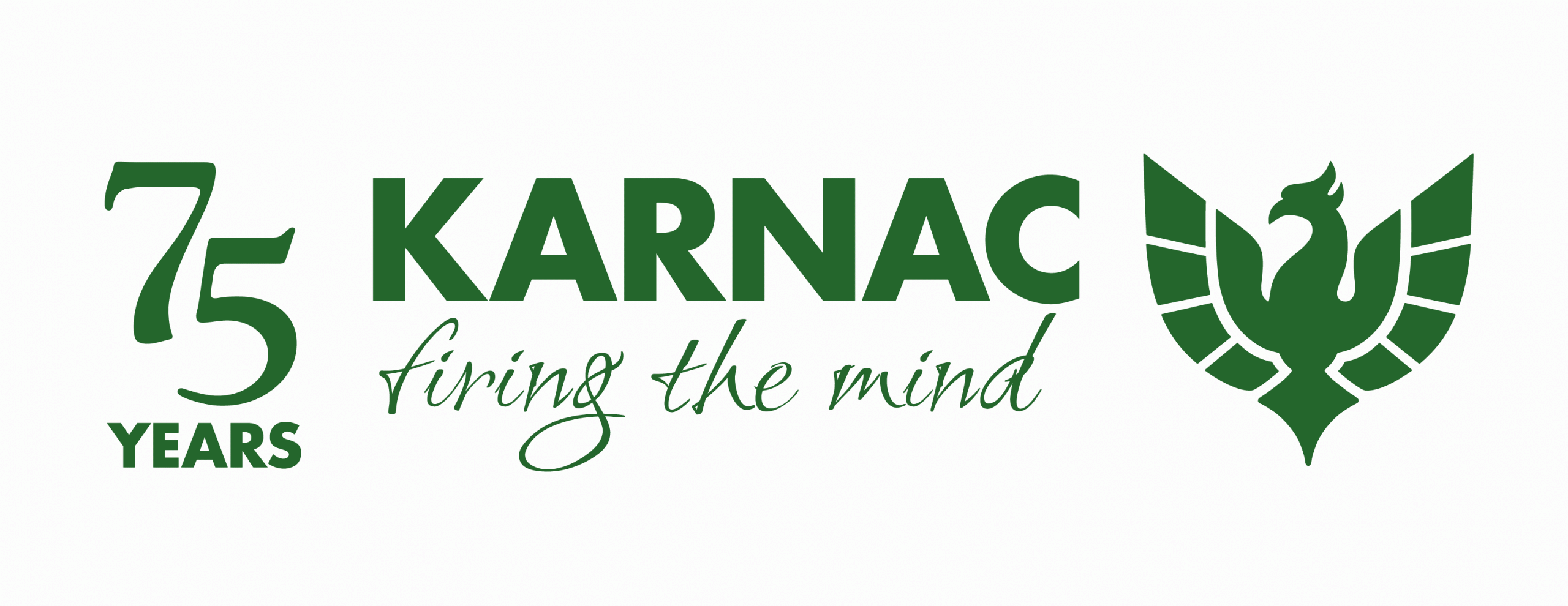

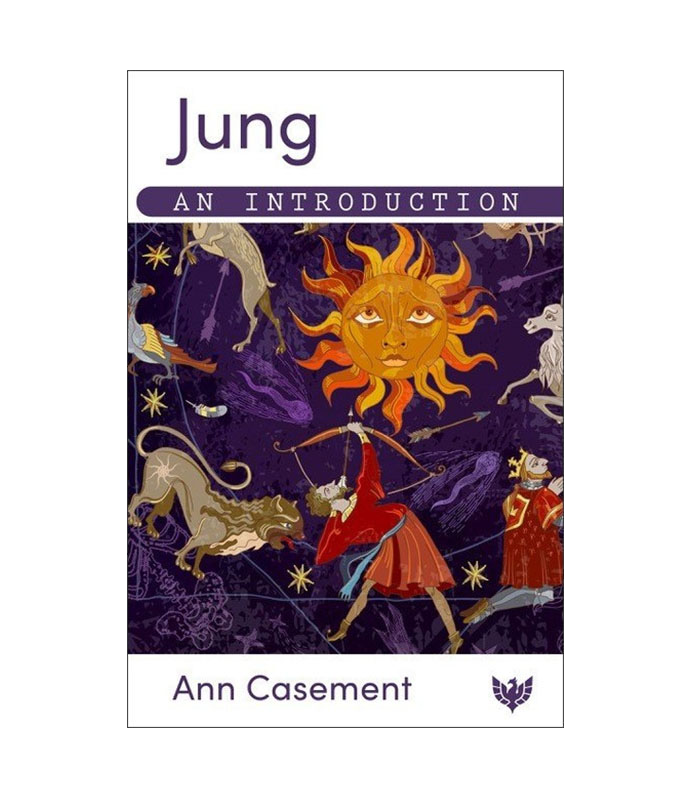
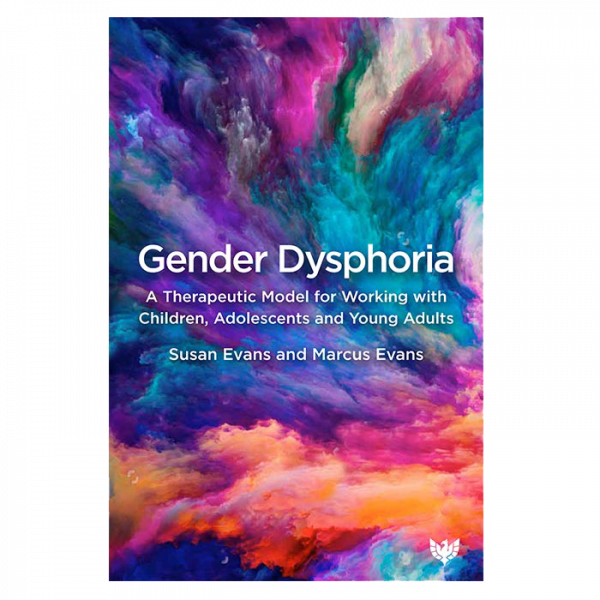
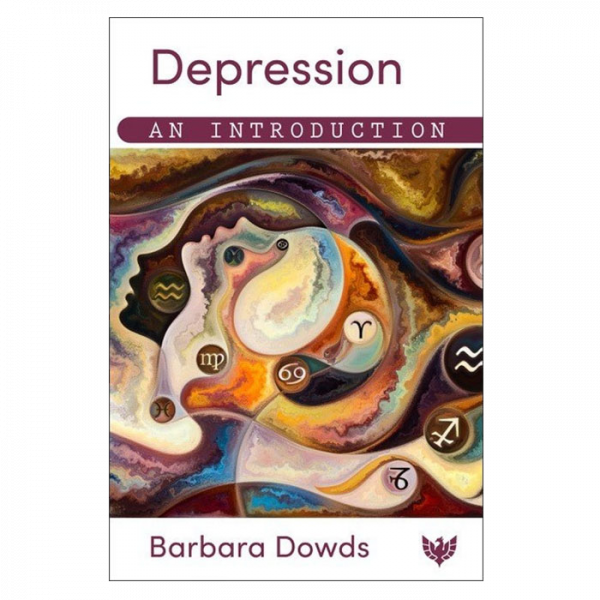
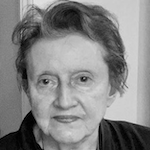 Ann Casement, LP (1938–2025), was an honorary professor at the Oriental Academy for Analytical Psychology; senior member of the British Jungian Analytic Association; associate member of the Jungian Psychoanalytic Association (New York); New York State licensed psychoanalyst; member of the British Psychoanalytic Council; member of the National Association for the Advancement of Psychoanalysis (New York); member of the British Psychological Society; founder member of the International Neuropsychoanalysis Association; and patron of the Freud Museum in London. She worked for several years in psychiatry from the late 1970s; chaired the UK Council for Psychotherapy (1997–2001); served on the Executive Committee of the International Association for Analytical Psychology (2001–2007), and the IAAP Ethics Committee (2007–2016), becoming its chair in 2010. For two years from 1999 she conducted research working with Lord Alderdice and other stakeholders in the profession on a Private Member’s Bill in the House of Lords on the statutory regulation of the psychotherapy/psychoanalytic profession. From 2015 until her death in 2025, she taught and lectured in China, at the initial invitation of Professor Heyong Shen.
Ann Casement, LP (1938–2025), was an honorary professor at the Oriental Academy for Analytical Psychology; senior member of the British Jungian Analytic Association; associate member of the Jungian Psychoanalytic Association (New York); New York State licensed psychoanalyst; member of the British Psychoanalytic Council; member of the National Association for the Advancement of Psychoanalysis (New York); member of the British Psychological Society; founder member of the International Neuropsychoanalysis Association; and patron of the Freud Museum in London. She worked for several years in psychiatry from the late 1970s; chaired the UK Council for Psychotherapy (1997–2001); served on the Executive Committee of the International Association for Analytical Psychology (2001–2007), and the IAAP Ethics Committee (2007–2016), becoming its chair in 2010. For two years from 1999 she conducted research working with Lord Alderdice and other stakeholders in the profession on a Private Member’s Bill in the House of Lords on the statutory regulation of the psychotherapy/psychoanalytic profession. From 2015 until her death in 2025, she taught and lectured in China, at the initial invitation of Professor Heyong Shen.
Professor Mark Solms, Research Chair, International Psychoanalytical Association –
This is a wonderful “introduction” to Jung, for those who want to be introduced substantially, reminiscent of Richard Wollheim’s masterly “introduction” to Freud, better than anything else of its kind I have read.
Paul Bishop, William Jacks Chair, University of Glasgow –
Ann Casement reveals the links between the clinical and cultural aspects of Jungian psychology in this compelling, insightful, and persuasive study. Its many strengths include the way it speaks to analysts and non-analysts alike, how it brings out the range of applications of analytical psychology, and details the different approaches taken towards it. Essential – and enjoyable – reading for analysts and academics alike.
Damien Spendel, Paradigm Explorer (2021/22) –
‘strongly recommended for a well-struck balance between professional biography, technical exposé and critical contextualisation.’
Robert Tyminski, C.G. Jung Institute of San Francisco, ‘Journal of Analytical Psychology’, 2022, 67(1) –
‘Casement brings to this endeavour her significant international work as well as her impressive background of 55 years in our field. […] This book, I believe, would be well received in introductory courses to analytical psychology; it also serves as a complementary work when reading about Jung, his life, and possibly even ‘The Red Book’. […] many will find it an asset in their learning and understanding of analytical psychology. I could see it being useful as part of the reading in undergraduate courses that explore depth psychology, as well as in graduate‐level training in social work, counselling, clinical psychology, and psychiatry.’